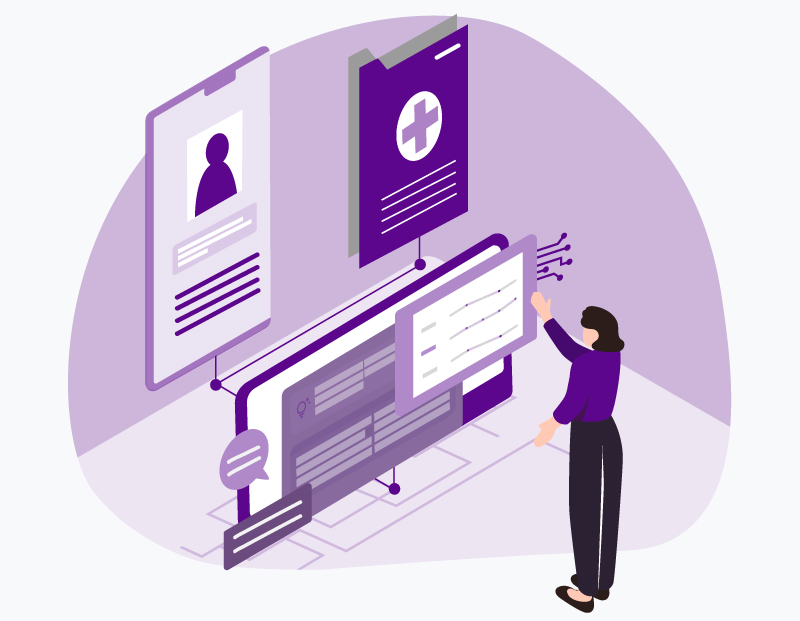The Problem
In today’s world, wildfires are becoming an increasingly present phenomenon, and as a consequence of climate change even regions, largely unaffected before are now facing this issue. Upwards of 1,600 wildfires were recorded in the European Union in 2019 – more than three times the average over the past decade. The 2021 fires in Southeast Europe brought the world’s attention to the destructive potential of such outbreaks. One of the prime examples of the matter at hand are the wildfires in Greece, which in the summer of 2021 faced one of its worst heatwaves in the past 30 years.
There are direct and indirect consequences of these events, with the latter not receiving the required attention during mitigation efforts, as they are harder to assess and understand. Loss of life and damage to private and public property in areas directly affected by fires are well-documented consequences of high social and economic (e.g., insurance) importance. Less understood are the environmental damage, the agricultural implications, and the health issues that are either manifested or intensified through prolonged exposure to smoke.
Acute consequences of fire exposure include heat-induced illnesses (heatstroke, muscle spasms, headaches, dizziness, nausea, etc.) and irritation of the respiratory tract by the smoke and the particles in it. Patients with pre-existing conditions, such as asthma or Chronic Obstructive Pulmonary Disease (COPD) have a higher risk of an exacerbation. Lastly, long-term psychological effects (e.g. depression, Post-Traumatic Stress Disorder) should also be taken into account, especially for people that are vulnerable to such illnesses.
The goal
Through earth observation and data provided by the European Space Agency (ESA) the connections between wildfires and health issues can be better understood and evaluated. medicalvalues’ goal is to utilize satellite observations and other measurements in order to improve medical diagnoses and create a warning and decision support system, that allows medical institutions to better prepare for diseases related to forest fires. This enables a more efficient allocation of resources and more effective mitigation of the health impact of wildfires.
Infobox – The tools
Web Advanced Space Development Interface (WASDI)
Earth Observation big data, such as multi-temporal images of different Copernicus Sentinel satellite missions can now be processed rapidly during disaster events to produce visual interactive maps. Online cloud-processing platforms have in the last decade gained in popularity due to the ease of use and their online agility in bringing heavy compute resources to the data or vice versa. WASDI is such an online EO processing platform for end-users and application developers alike.
Fire Radiative Power (FRP) and Mid Wave Infrared Radiation (MWIR)
The metric that was examined for this use case is the Level-2 Near Real-Time (NRT) FRP, which can be assessed through the MWIR measurements acquired by the Sea and Land Surface Temperature Radiometer (SLSTR) on the Sentinel-3 satellite. By evaluating the intensity of the fire in the areas examined, we were able to approximate the presence and intensity of smoke in the area to better understand the extent to which the population was affected.
Greece’s administrative regions map
Dividing Greece into its administrative regions and examining them separately yields valuable information through the current population numbers and creates an intuitive overview of the predictions for each region.
Smoke exposure – disease matrix
Based on research on the effects of prolonged smoke exposure on one’s health, we created a matrix of diseases – mainly affecting the respiratory system, and their likelihood to occur, in relation to the presence of smoke in the area. More specifically, this 3-dimensional matrix takes into account the intensity of the smoke, the total duration of the exposure, and the disease to be examined and maps those values to the probability of it being observed in the affected population. This manual mapping of the diseases to external factors can be enhanced through the use of the medicalvalues platform, which uses AI and existing datasets to improve diagnostics and prediction accuracy.
The technical process
For the mapping, population density data, fire detection information from the (SLSTR), and associated medical attribute data are aggregated on a regional level based on the political-administrative regions. All data are mapped onto the administrative regions using a “spatial by location” function in a Geographical Information System (GIS), in this case, the open QGIS software was used. Leaflet, an open-source JavaScript library for building web mapping applications, was used as a QGIS plugin (qgis2leaf) to create an interactive web map. This plugin provides a way to create an interactive web map from static GIS data layers.
The results
The following is an interactive map of Greece. The regions are colored according to the intensity of the fire in the area and the affected population, as seen in the color chart. By clicking on the administrative regions, you can see relevant information on the presence of fires in the area and the expected impact it will have on the population’s health.
What comes next
Findings for the European wildfires are highly transferable for large subtropical regions, where slash and burn agriculture, large-scale deforestation, etc. are common patterns. This alone serves to demonstrate the extensive potential of this use case. However, there are ways, in which our results can be enhanced and expanded upon, given additional data and resources. Visual observations, additional metrics, and meteorological data can provide a more accurate and precise image of the smoke intensity in the area and thus allow us to better map the observations to potential diseases. A longer observation period, in particular, would be of high importance, as a great number of diseases only occur after prolonged exposure to smoke. Furthermore, a more detailed model of the affected population would allow for a more specialized and fruitful analysis. For example, the age of the individuals could be considered, as different age groups show different levels of susceptibility to certain symptoms.
The big picture
Although being able to predict diseases that may occur following wildfires is undoubtedly important in an era, when wildfires become an increasingly present phenomenon, it is but a small demonstration of the potential that such ventures can reach. Enhancing the results with the help of AI and data gathered from previous disasters can drastically increase the precision and the accuracy of the mapping. Insights into the distribution of doctors and medical personnel in different regions would allow us to find a more effective and case-based allocation of the available resources in times of crisis. Additionally, parametrization and modularization of the application allow for increased flexibility and customizability of this system, which means it can be used seamlessly in different settings and scenarios (natural disasters, harmful phenomena), including floods and air pollution. In other words, this has the potential of becoming an incredibly powerful decision support tool in the hands of health ministries, disaster relief agencies, medical institutions, and global organizations, that can guide them in efficiently and effectively tackling such crises, saving time, resources, exhaustion and potentially lives.



